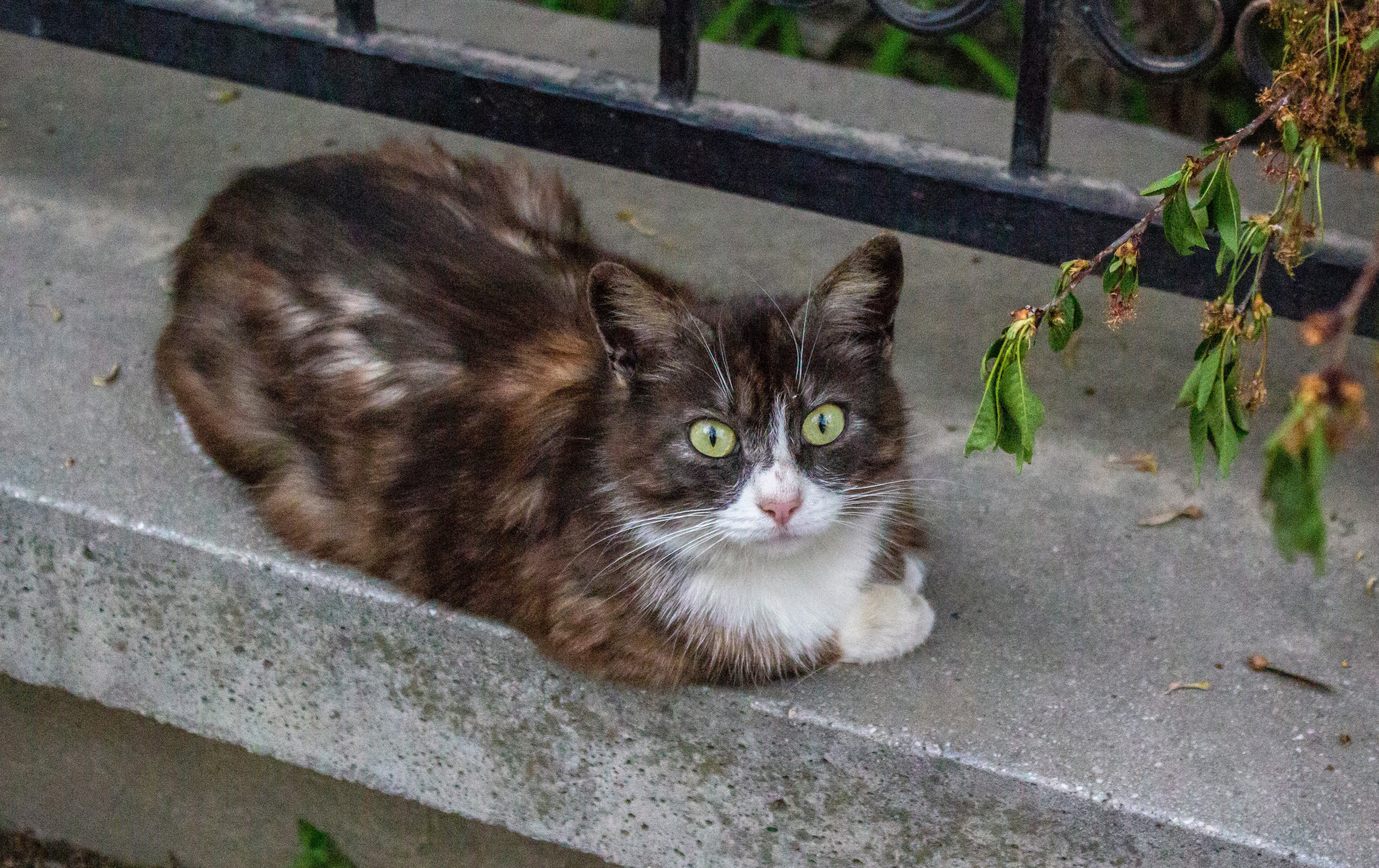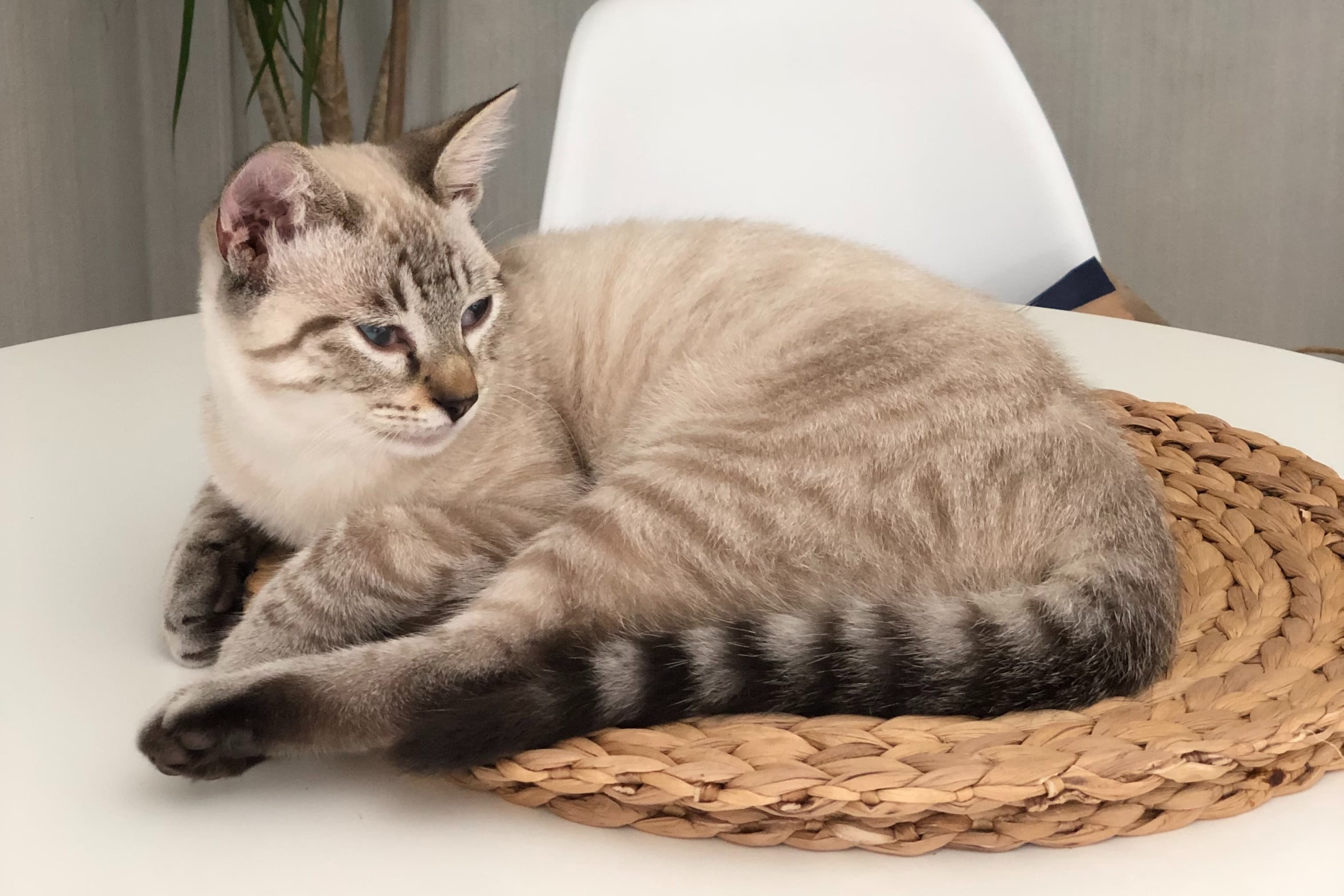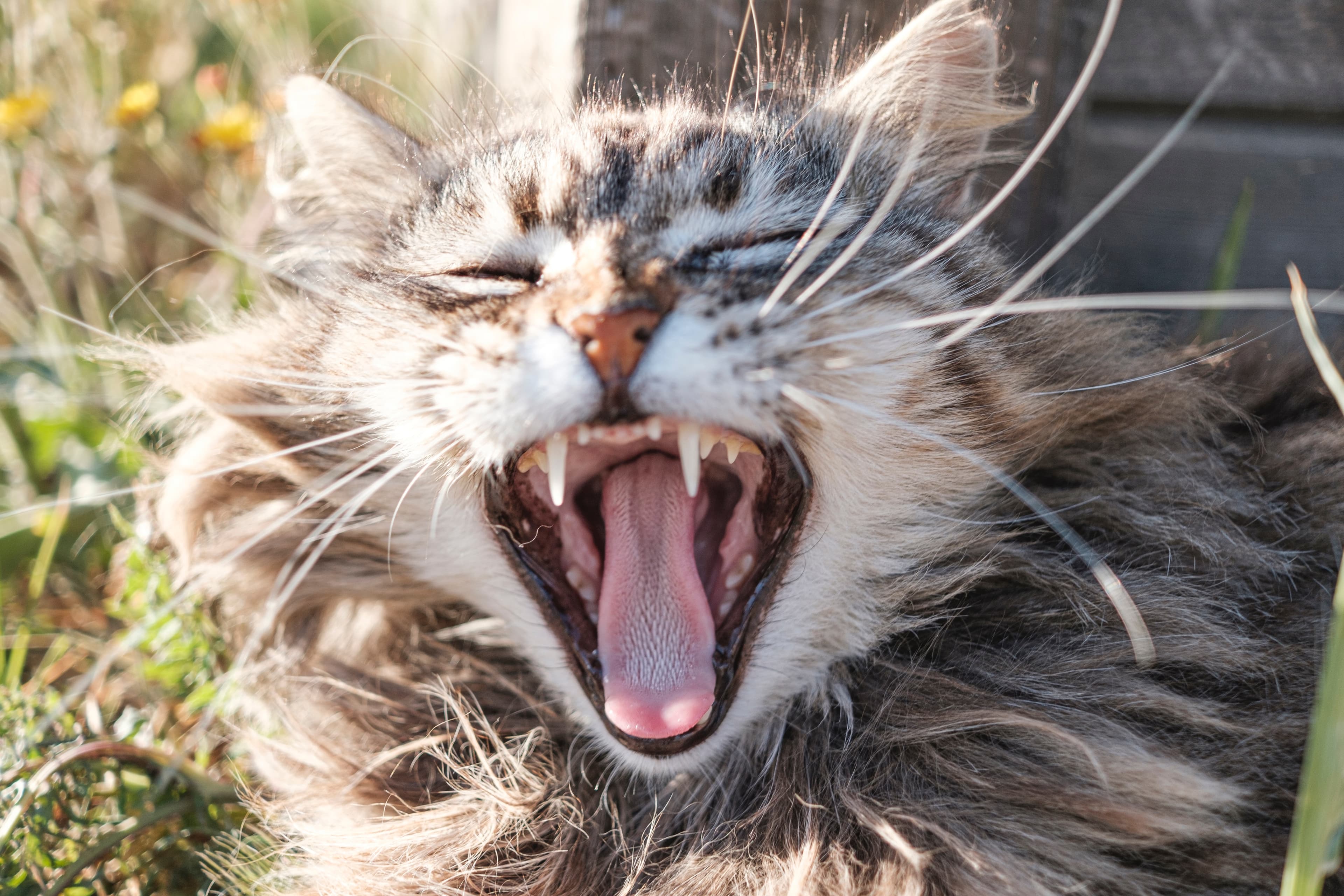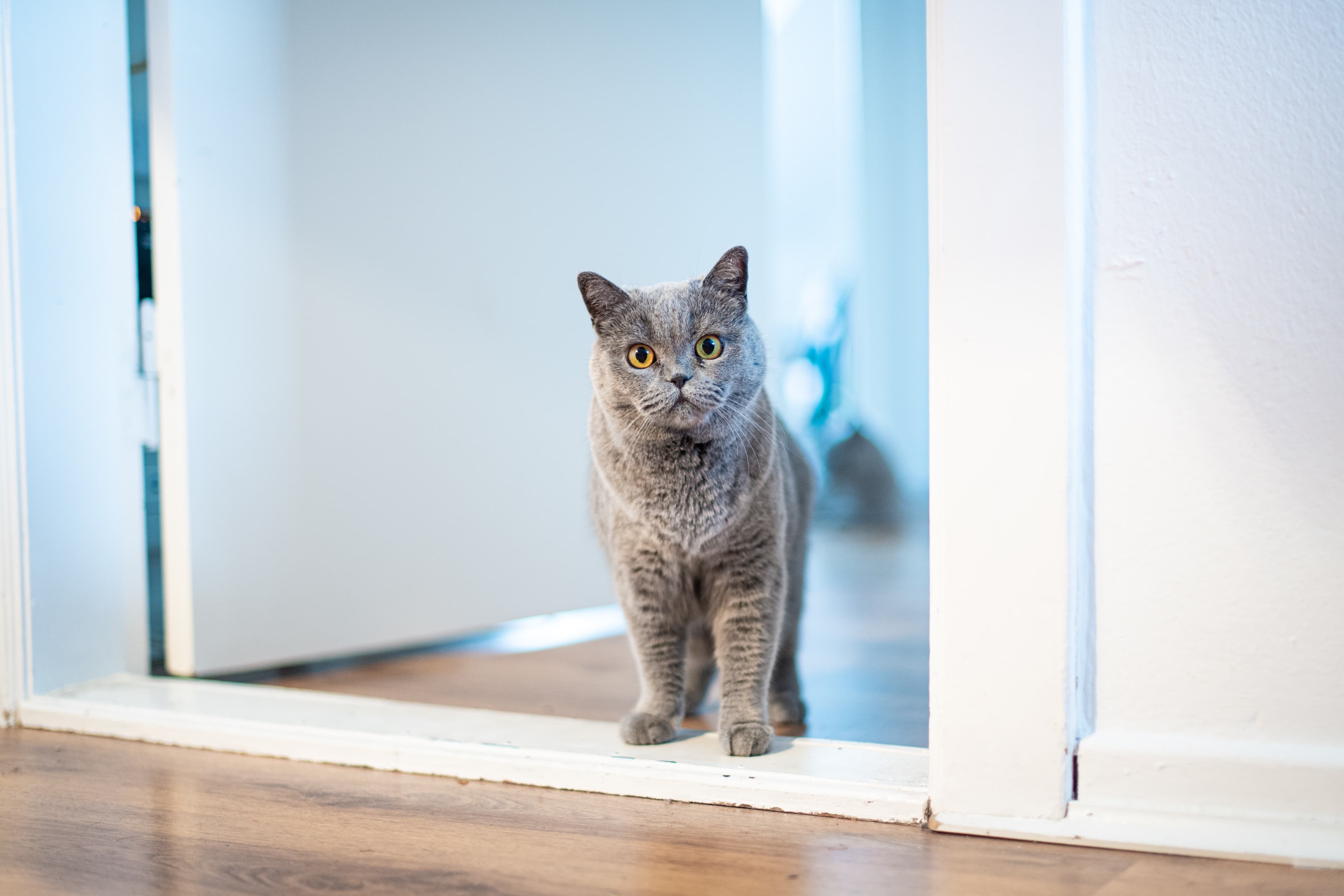Back pain in older cats
As your cat ages, it's not uncommon for its behaviour to change. Perhaps your cat goes from spending several hours a day outside to just the occasional hour here and there. The previously active cat may begin to enjoy sleeping for hours on the couch instead of playing with toys around the house. This is natural but it is important to be aware of what may be seen as natural ageing for the senior cat and what may be signs of pain or illness. Since it is not uncommon for senior cats to have back problems, it is a good idea to go to the vet for a checkup to determine if the behavioral changes have occurred due to pain from the back.
Cats are very good at hiding pain, so it is important to pay attention to the cat's behaviour. Even the slightest behavioural change is important to note, especially if it is suspected to be related to pain. One way to detect pain in cats can be to notice their movement patterns and if they change. For example, it is not uncommon for older cats to experience pain in the back or other joints. For example, back pain may be noticed by cats no longer jumping up on things, sometimes not wanting to be patted on the back, or stopping walking up stairs.
Since both back and hip pain occur in senior cats, a good tip is to try to make things easier at home for them.for a cat in pain, of course in combination with a vet's assessment of whether pain medication and other management of the cat's symptoms is necessary. An example of how you can make it easier for a cat diagnosed with back or hip pain might be to not keep the cat's litter box upstairs.
If the cat is experiencing proper back pain and discomfort from their movement, they can avoid jumping up on furniture or window sills. Or they may start taking easier routes or detours to places they were walking or jumping to without problems before. Over time, cats that experience pain with activity may also lose muscle mass at the back and hind legs, partly because they don't use the muscles in the same way anymore.
Another sign that something is wrong may be behavioural changes in the cat that were not there before. This may mean that the cat begins to withdraw completely, seems generally depressed or lies still in one place for long periods of the day. Some cats experiencing pain do not like to be petted or caged and may suddenly become aggressive when touched.
It is important to go to the vet if symptoms of pain are suspected in your cat. Some cats may need medication, so it is important that the vet is allowed to examine the cat so that the correct diagnosis can be made and the cat can receive the treatment or medication it needs. It is also very important that cats with joint problems are not overweight, as this puts further strain on the joints.






